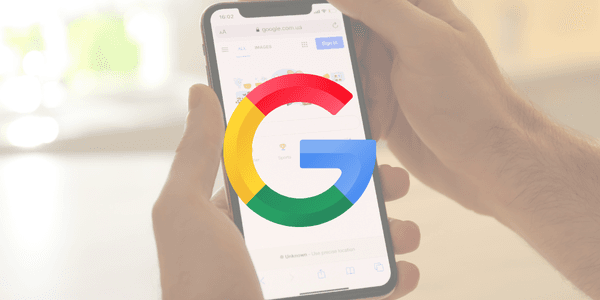You search for something on Google and, without realizing it, end up in a series of pages filled with sponsored content. Without there being a traditional advertisement involved. Google is testing a format in which users repeatedly land on a search results page through the "People also consider" block. Including advertisements. Including yet another sponsored block.
The impact on advertisers and users
SEO specialist Glenn Gabe discovered the pattern and shared screenshots via X. Clicking on these blocks leads to a new search page filled with ads and yet another 'People also consider' block. Other specialists, such as Julie Bacchini from Neptune Moon, are also raising critical questions. Are these blocks part of Performance Max campaigns? Can you attribute traffic or conversions to them? For now, the answer is: no.
According to Google’s Ads Liaison Ginny Marvin, advertisers do not pay anything for clicks on these blocks. They are labeled as “Sponsored” because they lead to commercial search results. This raises questions. How do you measure the performance of something you have no control over? And what does this mean for your reporting, your budget, or your strategy?
For users, it becomes unclear where organic ends and paid begins. The line is blurring. This could undermine trust in search results, especially now that AI-generated summaries and increasingly dominant ads have already significantly changed the landscape.
What can you do as an organization?
Although the format is still in the experimental phase, vigilance is required. Keep an eye on SERP changes and monitor how traffic behaves. Is there an increase in 'unexplained' clicks or impressions? Then this experiment may be behind it.
Without insight or costs, this may seem harmless. However, the risk is that you, as an advertiser, will have to respond to user behavior that you did not direct. This makes transparency and measurability more important than ever.

